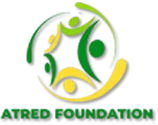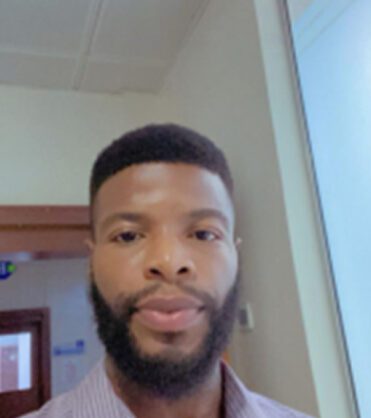Expanding Access and Support for Children with Special Needs
The ATRED Foundation partners with schools and organizations that provide education and care for children with mental, physical and developmental disabilities. Our initiatives aim to expand access, improve learning outcomes, and provide holistic support.
For schools serving children with disabilities, ATRED provide:
– Assistive technologies like audio books, screen readers, and mobility devices to facilitate learning
– Training for teachers on inclusive education practices and supporting diverse learning needs
– Tailored learning materials and curriculum aligned with different cognitive capabilities
– Structural modifications like ramps, railings, and accessible washrooms to enable access
– Medical camps for diagnosis, assistive aids, and counseling services
For caregiver networks and shelters housing orphaned and abandoned children with disabilities, ATRED offers:
– Funding for specialized care like sign-language interpreters, physiotherapists
– Training for caregivers on disability rights, management, and community integration
– Awareness campaigns to promote fostering and adoption of children with special needs
– Aligns with SDG 4 & 10(Quality Education) by promoting inclusive education for children with disabilities.
– Supports SDG 3 (Good Health and Well-Being) through health camps and access to assistive technologies.
The ATRED Foundation remains dedicated to uplifting women, adolescent girls, and boys through targeted initiatives that address education, economic empowerment, justice, sustainability, and community development. By focusing on grassroots empowerment, ATRED ensures that marginalized groups become agents of their transformation, creating a brighter and more inclusive future for all.
For REFORMATION and a permanent change to happen, we have mapped out a holistic 5 steps approach that will have a life changing effect on our different initiatives.
Approach to Implementation
- People-Centric Solutions: Place community needs at the center of program design, using participatory methods to co-create solutions.
- Partnerships and Collaboration: Work with governments, international organizations (UNCCT, UNODC), schools, NGOs, and businesses to amplify impact.
- Innovative Use of Technology: Develop digital infrastructure, promote coding boot-camps, and provide internet access to under-served areas.
- Sustainability Integration : Incorporate environmentally conscious practices across all programs to mitigate climate impacts.
- Monitoring and Evaluation: Use data-driven approaches to measure outcomes, refine strategies, and ensure accountability.
- Uplifting Pediatric Wards with Sustainable Design
The ATRED Foundation aims to transform sterile children’s wards in public hospitals into uplifting spaces that aid the healing and wellbeing of pediatric patients.
We plan to redecorate walls and corridors with silk plaster – a natural, environmentally-friendly material that is soothing, tactile, and aesthetically pleasing.
Compared to regular paint or wallpaper, silk plaster has many benefits:
– Made from natural silk fibers and lime plaster, it is non-toxic and hypoallergenic
– Soft texture and subtle shimmer soothe children during medical procedures
– Can be molded into various nature inspired designs that spark curiosity
– Durable and easily cleaned material reduces maintenance requirements
– Calming colors and motifs designed by child psychologists create a reassuring environment
– Biophilic elements reconnect children with nature during hospitalization
– Aligns with SDG 3 (Good Health and Well-Being) by creating healing environments in children’s wards.
– Contributes to SDG 11 & 12 (Sustainable Cities and Communities) through eco-friendly and biophilic design.using natural, non-toxic materials like silk plaster.
By transforming sterile wards into vibrant, healing spaces, the ATRED Foundation aims to reduce anxiety, improve moods, and speed up recovery times for pediatric patients.
Through partnership with hospitals, interior designers, architecture firms, silk plaster suppliers, visual artists, child psychologists, we can create child-friendly, eco-conscious healing environments that support the emotional wellbeing of hospitalized children while elevating sustainability standards in public health facilities.








